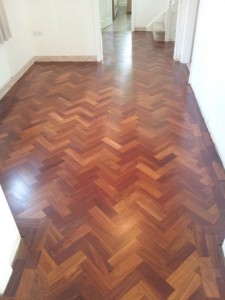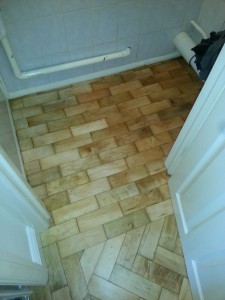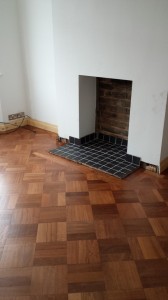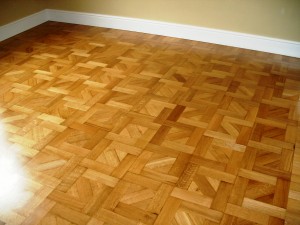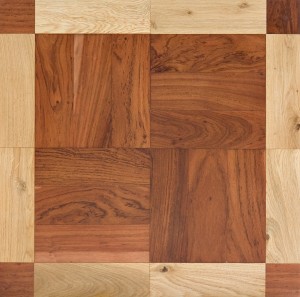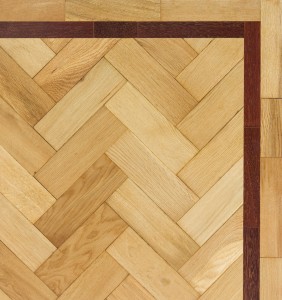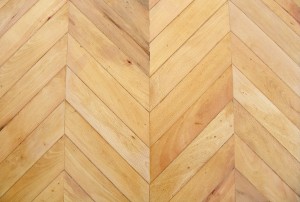The
differences matter! We have a lot of calls from customers looking to match into
an existing floor, most commonly when they have removed a hearth or dividing
wall. So not only do we need to find the right sized block (and believe me
there are many sizes in the reclaimed parquet world when things were cut in
Imperial sizes - unlike the uniform metric world we seem to inhabit today!) but
we also need to work out exactly what the wood type is.
Often
the block is a pale colour but very grubby, so the original grain is hard to
see. However when you look at the side of the block you can sometimes scrape
the debris off and see the grain. Or indeed if you can find an area and sand a
bit back to view the original surface you are better off. If it is pale it is
almost always a European wood, Beech, Pine or Pitch Pine, maple or occasionally
oak. So how do we know which is which?
Firstly,
for Pitch pine and Columbian Pine - see how noticeable the grain is? Pitch Pine
has dark and resinous lines contrasting with the pale honey colour you would
expect from pine, and the lines are normally significantly thicker than pine.
It is a much harder-wearing block and 'bruises' or dents less easily than pine.
Secondly
how hard and heavy is it? Trouble is if you don't know your pines, that is hard
to compare. Both pines have 'open' pores however but generally Pitch pine has
harder wood between the resinous lines. See the photos below for an
illustration.
 |
| Pine close-up showing grain |
 |
| Pitch pine close-up |
Sometimes
the only way to tell is to look at a larger area to get an overall feel for the
amount of dark contrasting lines you can see as every block is different.
The
other confusion is maple or beech. The differences between beech and the pines
are marked when you start looking, but between beech and maple on initial
viewing there are similarities.
The
colour of beech is pinkish pale honey and the grain is flecked, even though
there are other grain lines to distract you, look for the background flecking.
Maple is a pale almost warm ash blonde with a shimmer, and a more varied
grain, but without expertise you can be none the wiser. The good news is that
the timber hardness is the giveaway - if you press your fingernail into beech
wood you can hardly make a dent, whereas you will easily leave a nail mark in
the much softer maple.
See
below for grain differences:
 |
| Maple close-up show grain differences |
 |
| Beech close-up |
Lastly,
oak. You can always tell oak when you look closely and when you handle it - it
is a hardwood, it has a lovely smell and the colour is a silvery grey brown
which is unmistakeable once you get your eye in. You can also occasionally see
the medullary rays across the wood like little silvery streaks, an absolute
confirmation that you have oak. You can see that in the panel below:
 |
| Oak panel showing grain |
So hopefully this
will give you a bit of an idea as to how to work out the differences between
these European woods when you are trying to match your floor.






